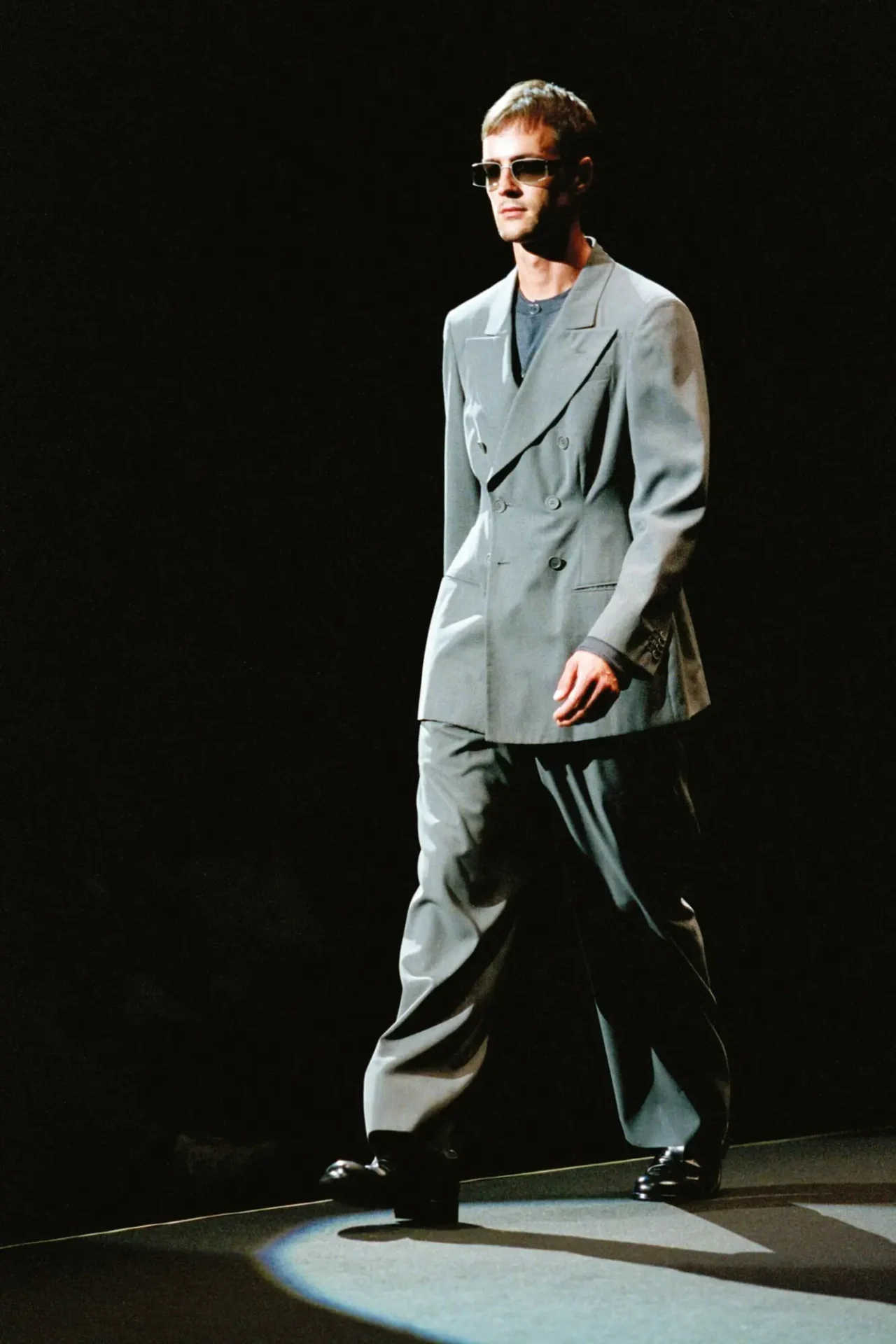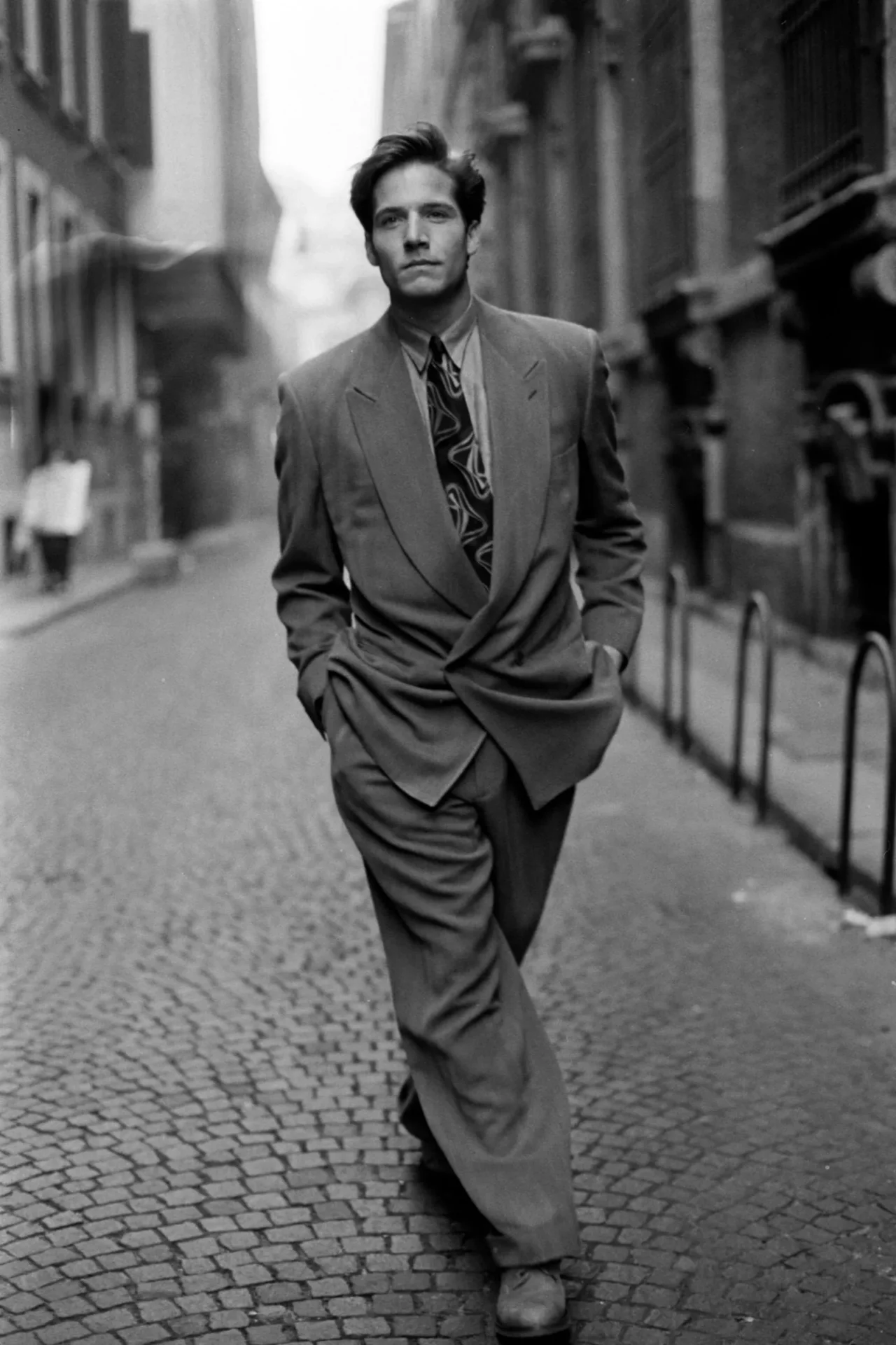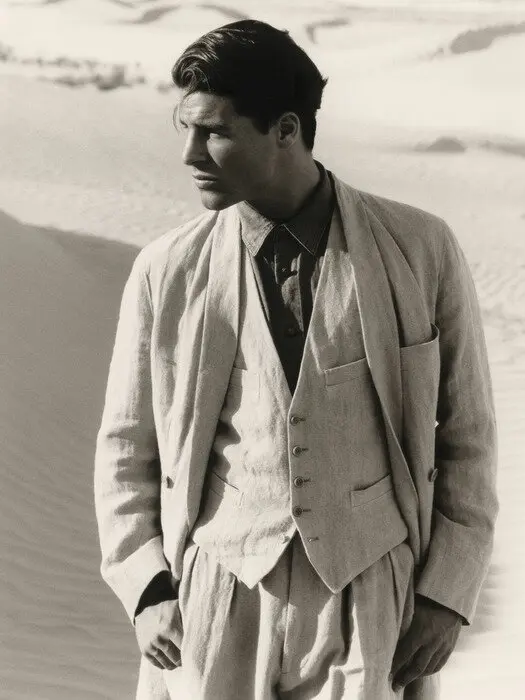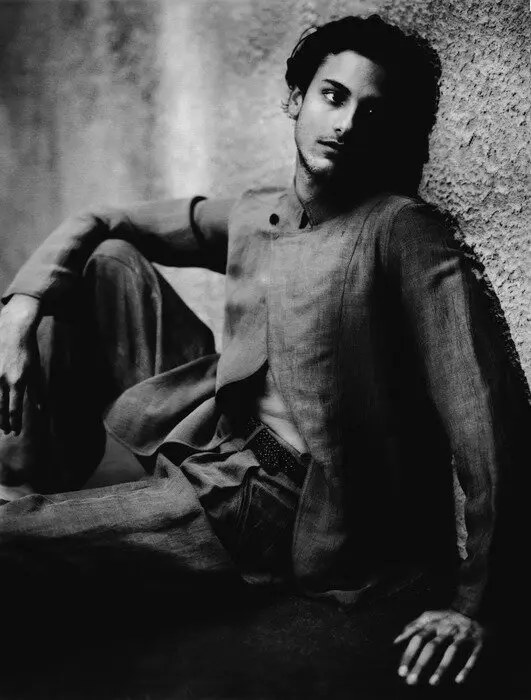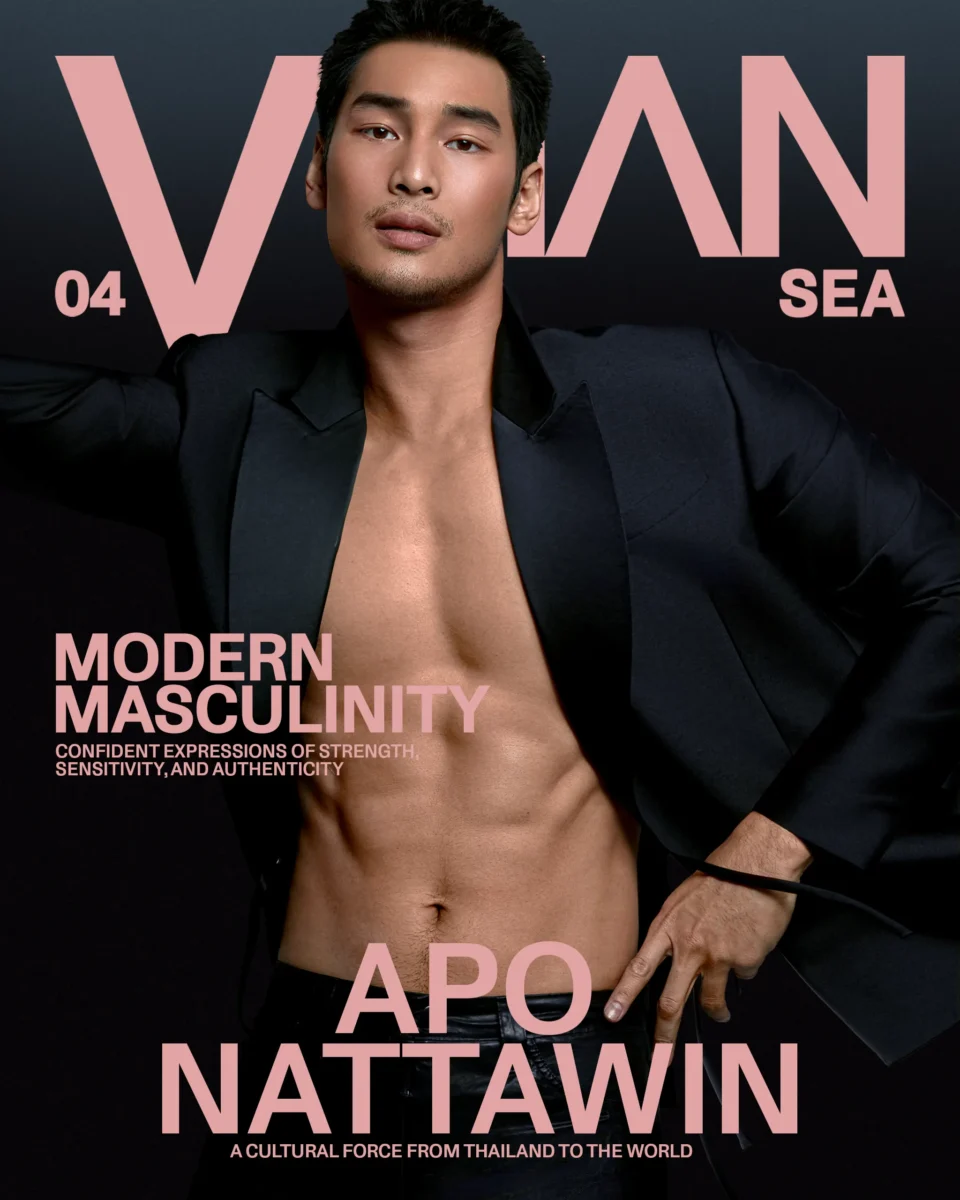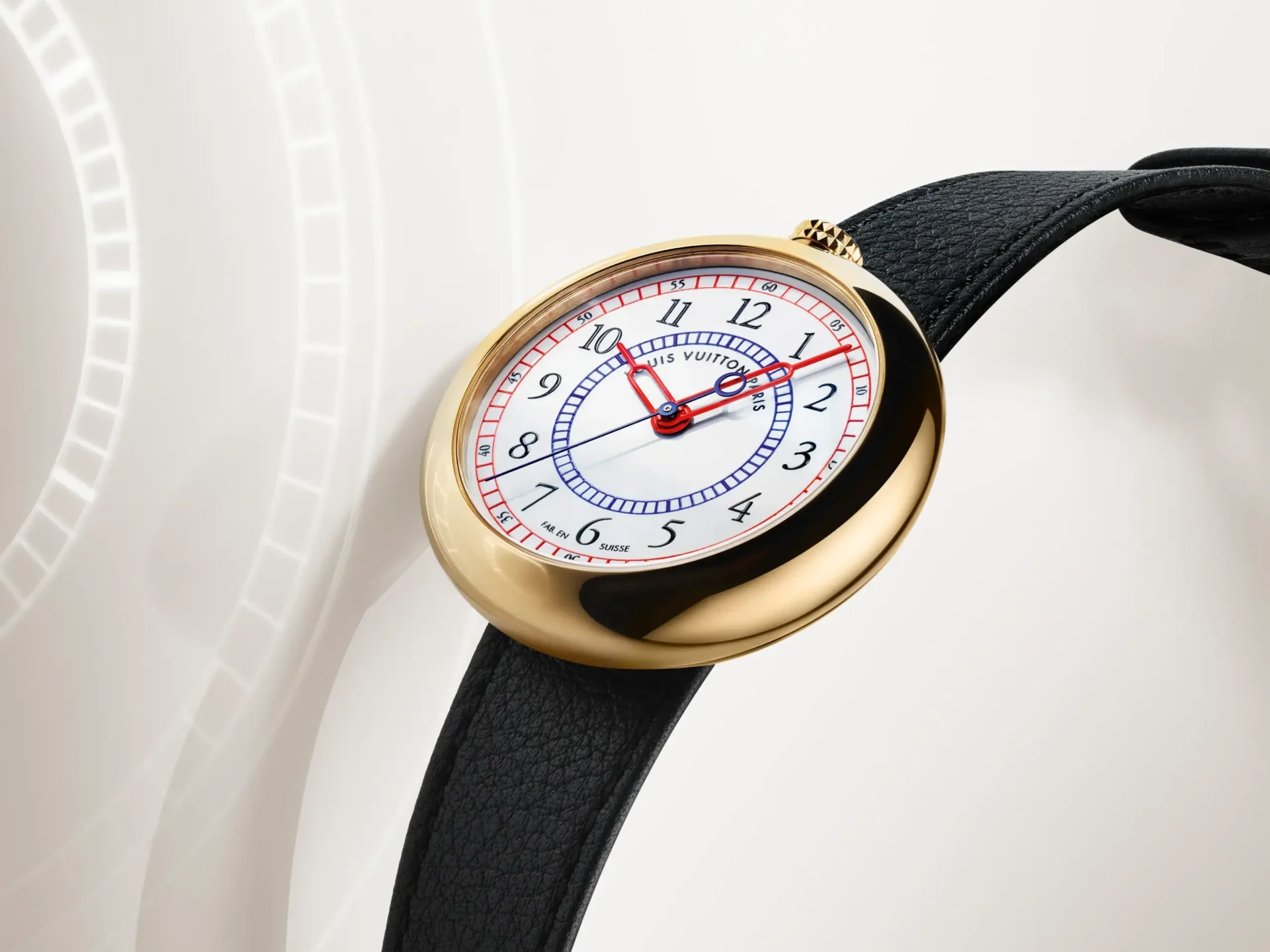How Giorgio Armani Stripped the Suit Down and Built a Global Empire
Giorgio Armani, who redefined menswear with his unstructured suits, leaves behind a legacy that continues to shape how men dress today

Giorgio Armani redefined the modern suit
Giorgio Armani taught men how to suit up. He made tailoring comfortable and, most daringly of all, soft. The Italian designer, one of the wealthiest figures in fashion and the sole owner of Italy’s most successful fashion house, died on Thursday at his home in Rome. He was 91.
His influence is difficult to overstate. Where menswear had long been dominated by stiff jackets and rigid shoulders, Armani freed men from the tyranny of padding. His genius was deceptively simple: he stripped the suit down. The squared-off shoulders, the rigid scaffolding, the sense of dressing for battle, all of it was replaced by fluid lines and lightweight materials like silk, linen, and fine wool. The result was tailoring that moved with the body rather than against it, garments that carried an unexpected ease.
MORE: The New Formal: 6 Brands Rewriting the Rules of Dressing Up
It was an act of luxury rebellion. Before Armani, the suit was a uniform of constraint, meant to stiffen posture and sharpen edges. His vision introduced a touch of the feminine into menswear, a whisper of softness that had been missing. The jacket shifted from armor to companion. Worn open, slouched, or even a touch wrinkled, it carried an effortless elegance that men across industries such as actors, bankers, and athletes could call their own.
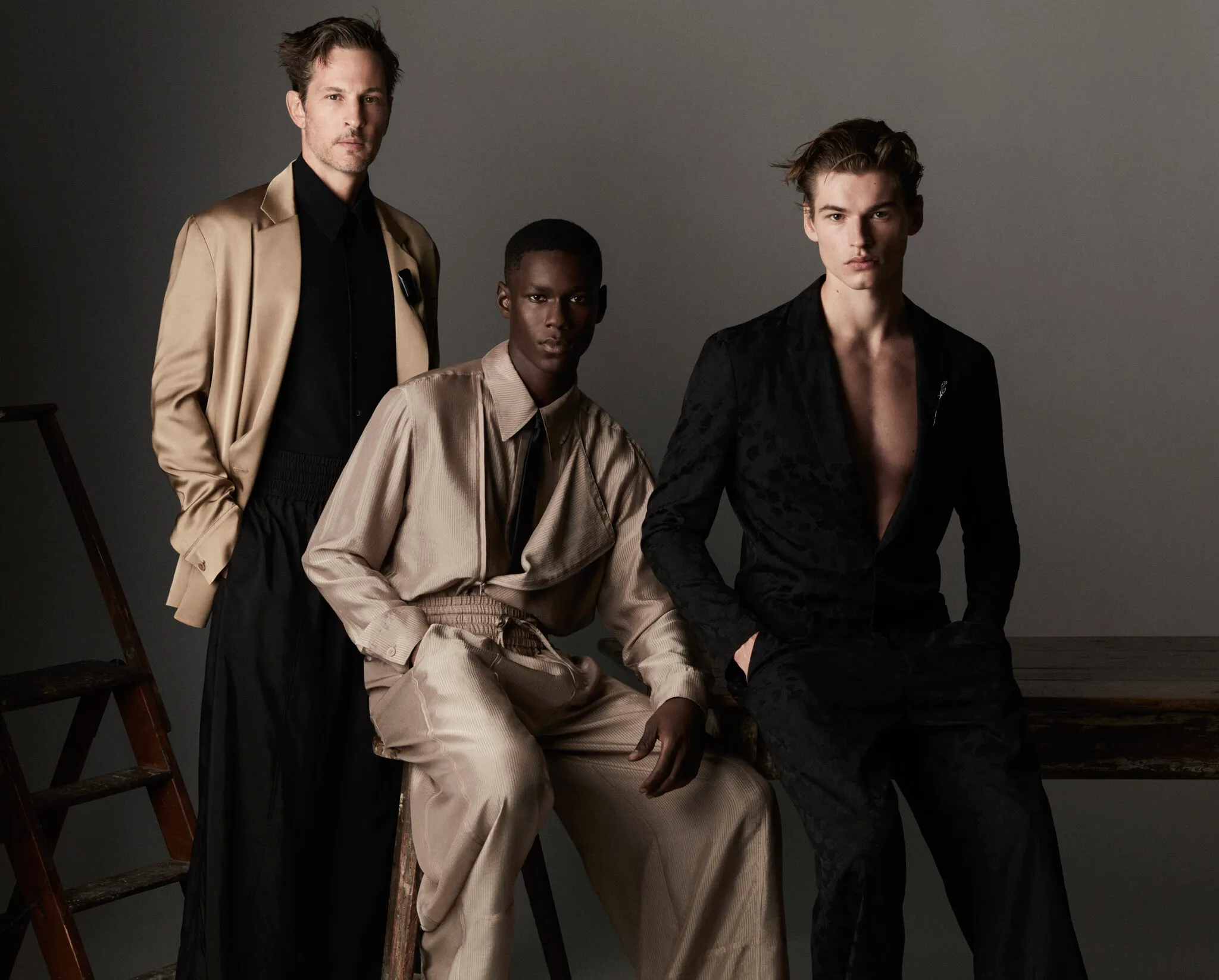
Early career and brand launch
His ascent began modestly. Born in northern Italy in 1934, Armani entered fashion through Nino Cerruti’s house, where the unstructured jacket was first explored. But it was only when he launched his own label in 1975 that the revolution took shape. By the following year, Barneys New York had picked up his line, signaling to cosmopolitan consumers that a new Italian modernism had arrived.
Hollywood amplified his message. Richard Gere’s sleek wardrobe in American Gigolo turned Armani’s suits into objects of desire, filmed with as much intimacy as the actor’s love scenes. From there, his tailoring became synonymous with cinematic cool, dressing the stars of Miami Vice, Goodfellas, Casino, and Gattaca. The soft suit became shorthand for power stripped of aggression and authority, made alluring.
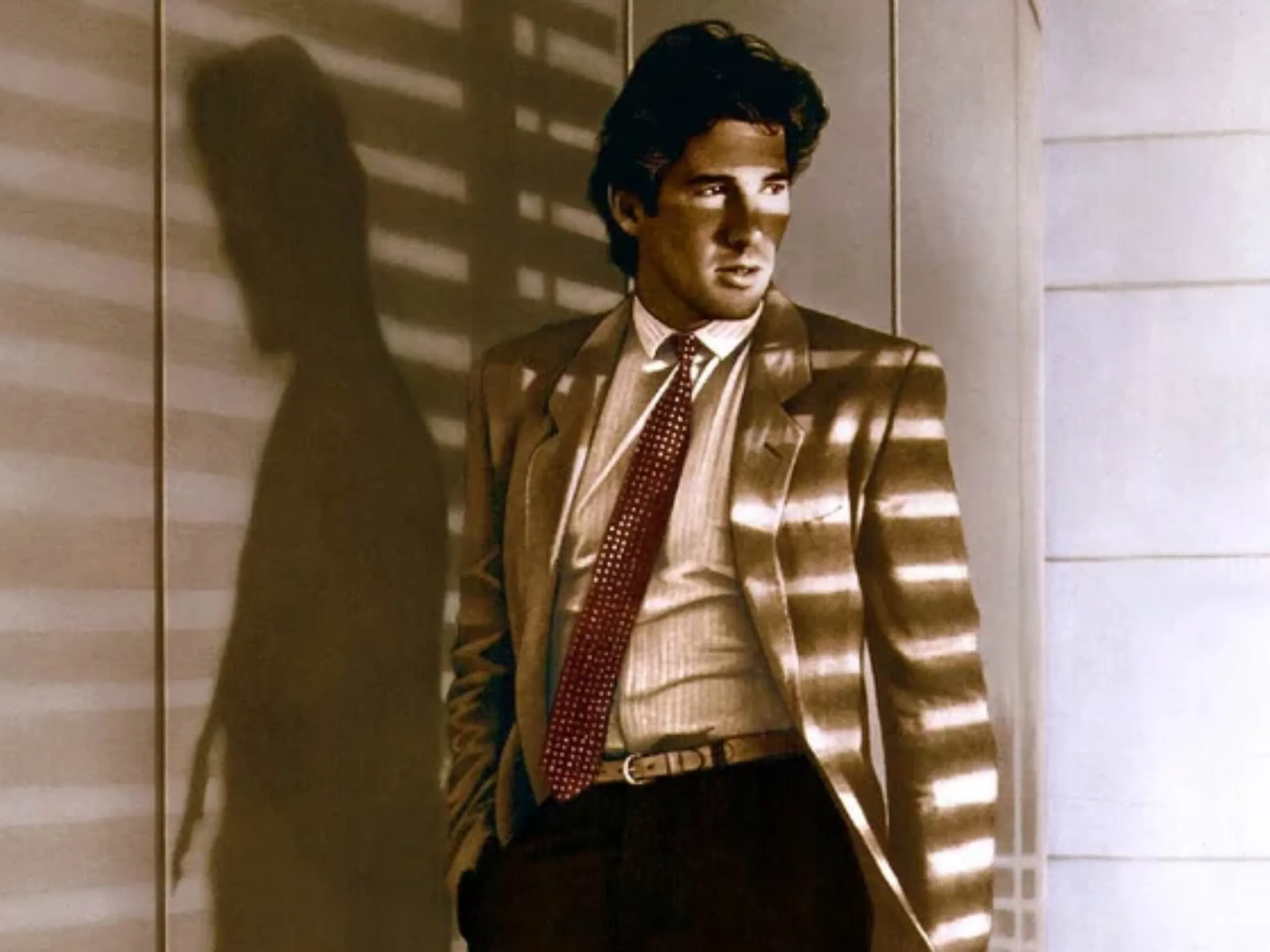
The impact went beyond clothing. Armani essentially scripted the world of quiet luxury decades before the phrase existed. His aesthetic, with beige palettes, sleek interiors, and understated refinement, reshaped everything from hotel lobbies to airport lounges. Yet he himself remained almost paradoxically humble. Where many of his contemporaries cultivated flamboyant personas, Armani presented himself with the same restraint he brought to his work: elegant, reserved, and never ostentatious.
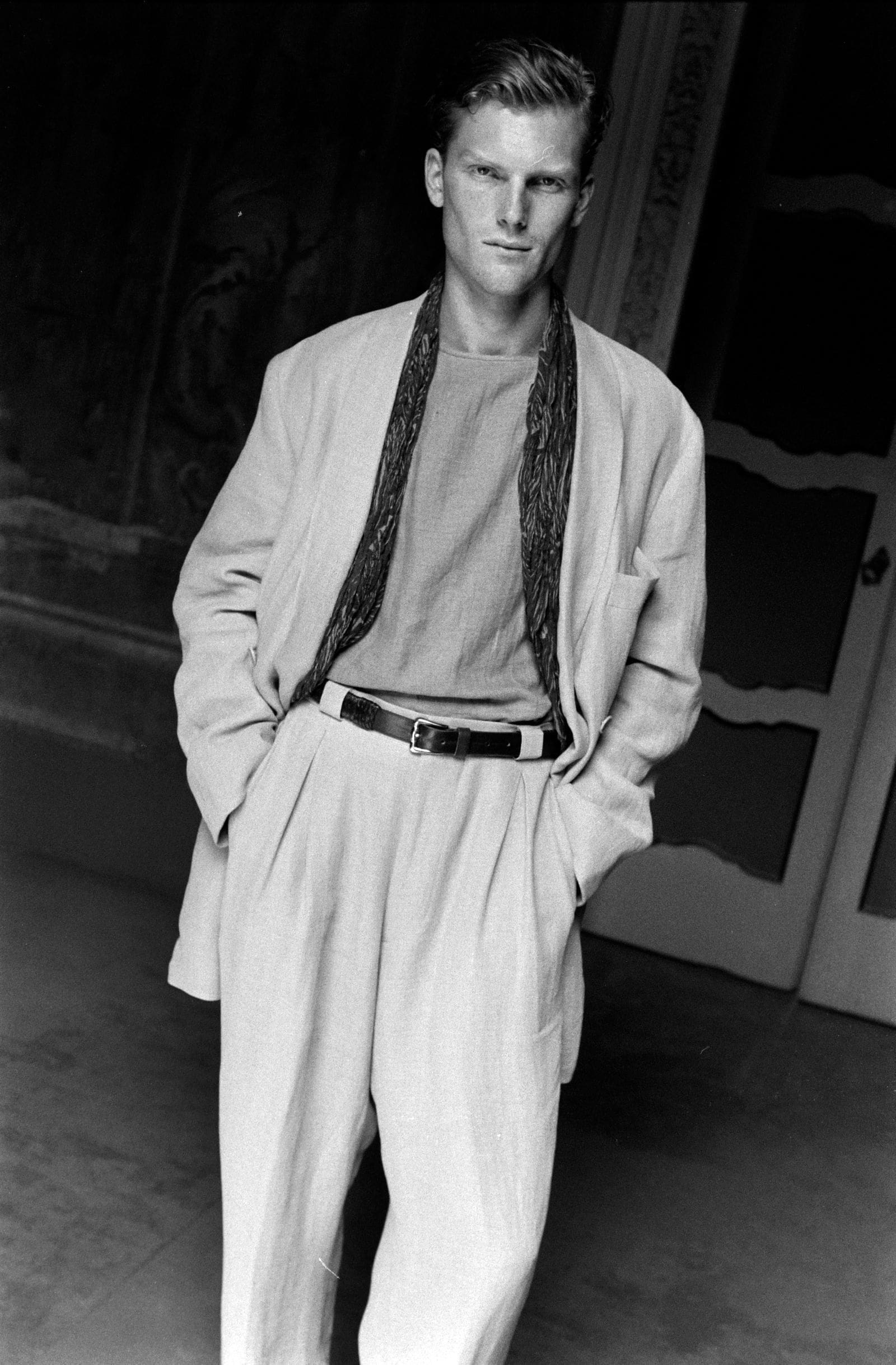
Inspiring today’s designers
Even as his later collections drew critiques of repetition, a new generation rediscovered his genius. Images of Armani’s ’80s and ’90s campaigns, with models in loose suits wandering deserts and gazing toward unseen horizons, circulated on social media mood boards and inspired designers like Jerry Lorenzo of Fear of God and Evan Kinori. What they found was not nostalgia but relevance, a reminder that clothing could be sensuous without spectacle and luxurious without logos.
Armani’s legacy rests in a paradox: he built a multibillion-dollar empire by subtracting rather than adding. He proved that fashion’s future could be found in discipline, restraint, and the courage to remove what was unnecessary. His unpadded suit was a philosophy, an argument that elegance begins when a person looks and feels like themselves.
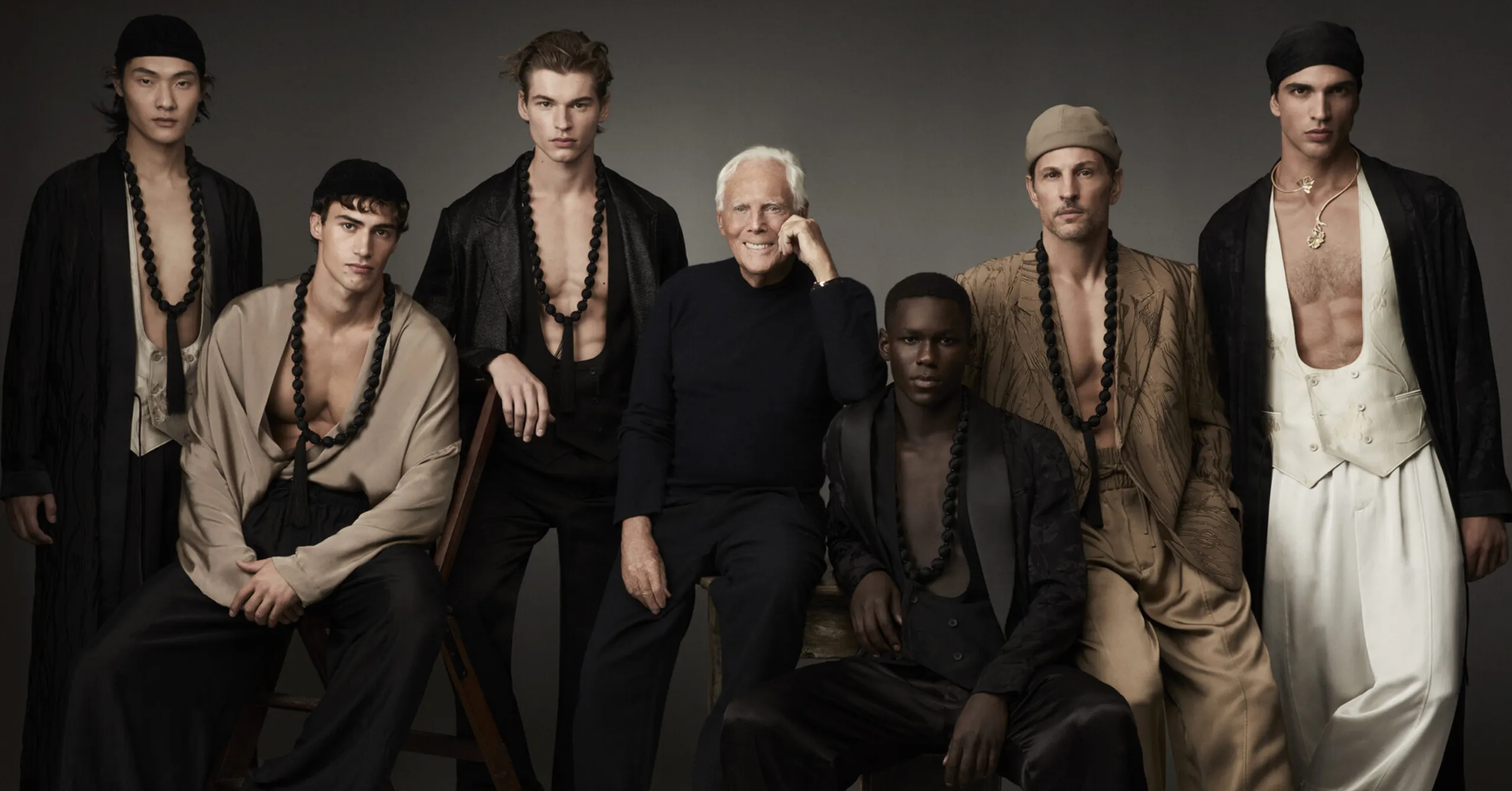
When Armani stripped the suit of its padding, he was redefining how men carried themselves in the world. That vision remains stitched into the seams of every modern suit. His jackets may have slouched, but his vision stood tall, reshaping the way the world dresses and the way it imagines luxury for half a century.
Photos courtesy VMAN and Giorgio Armani

